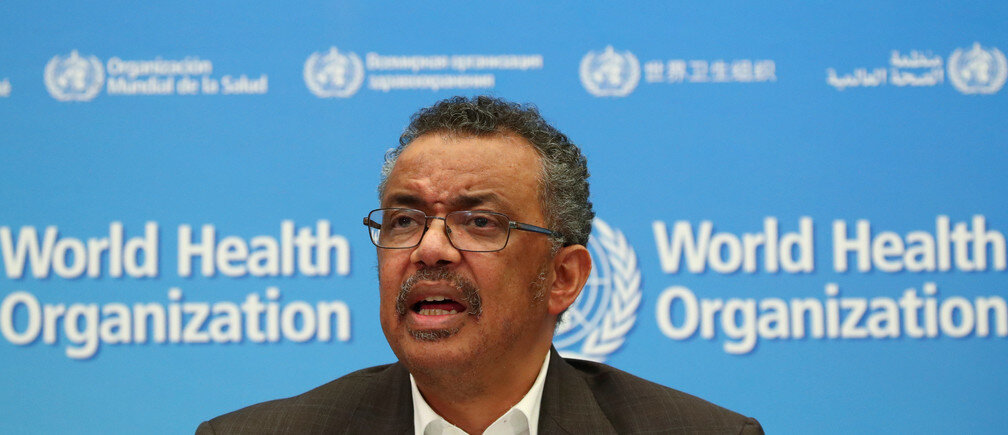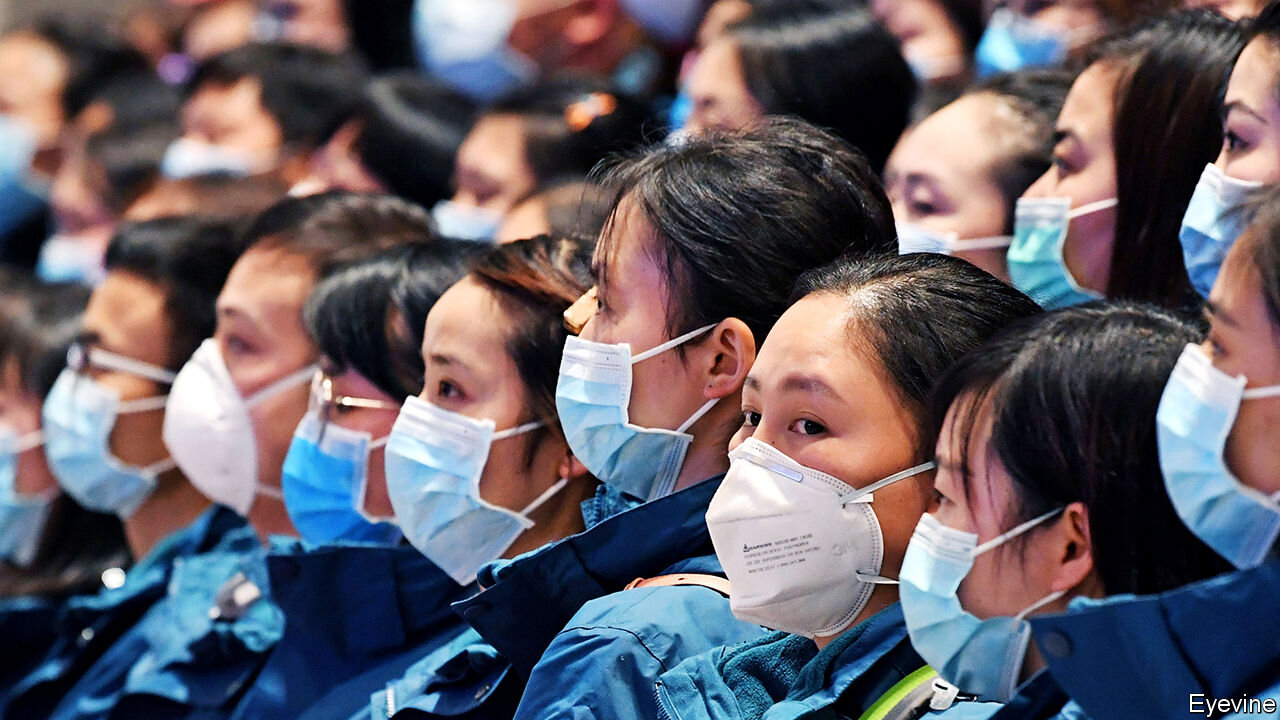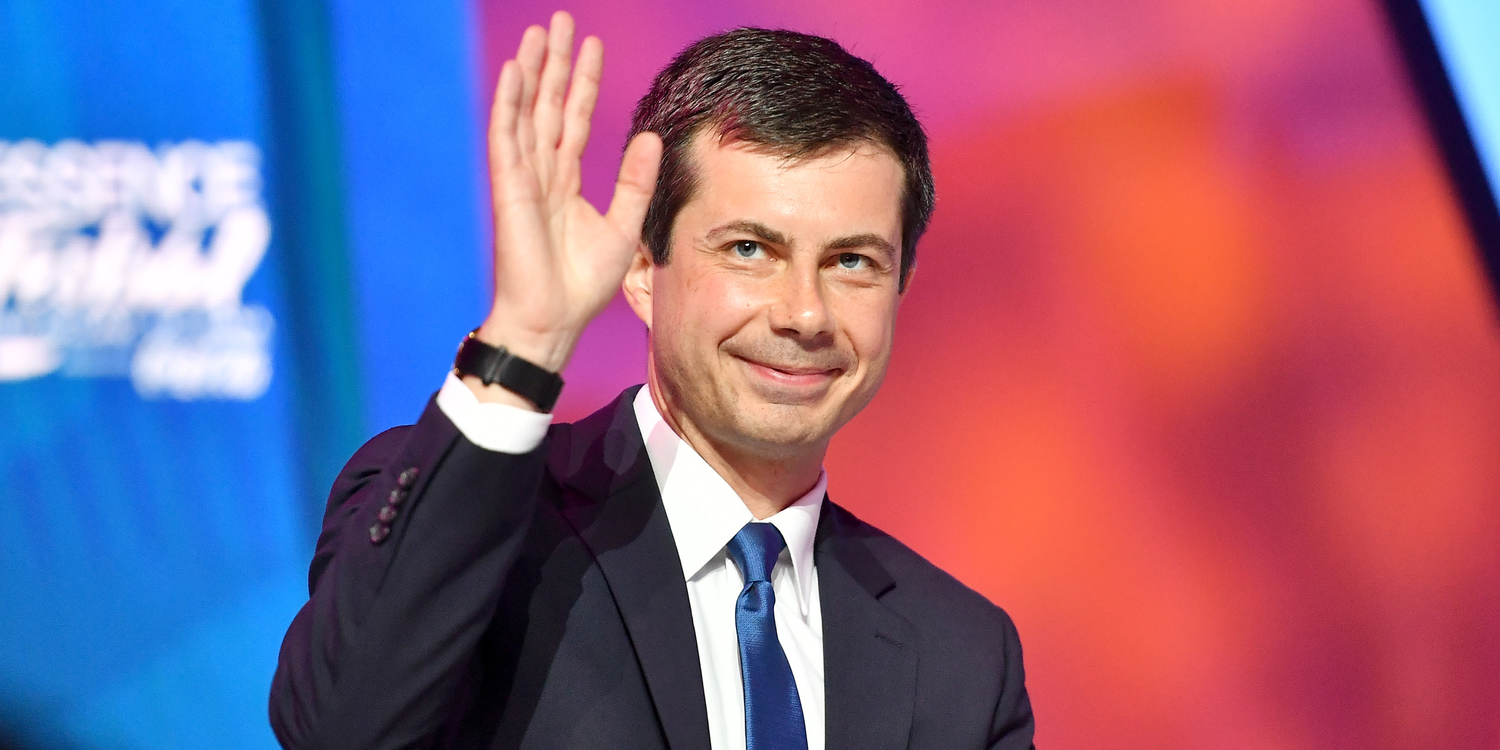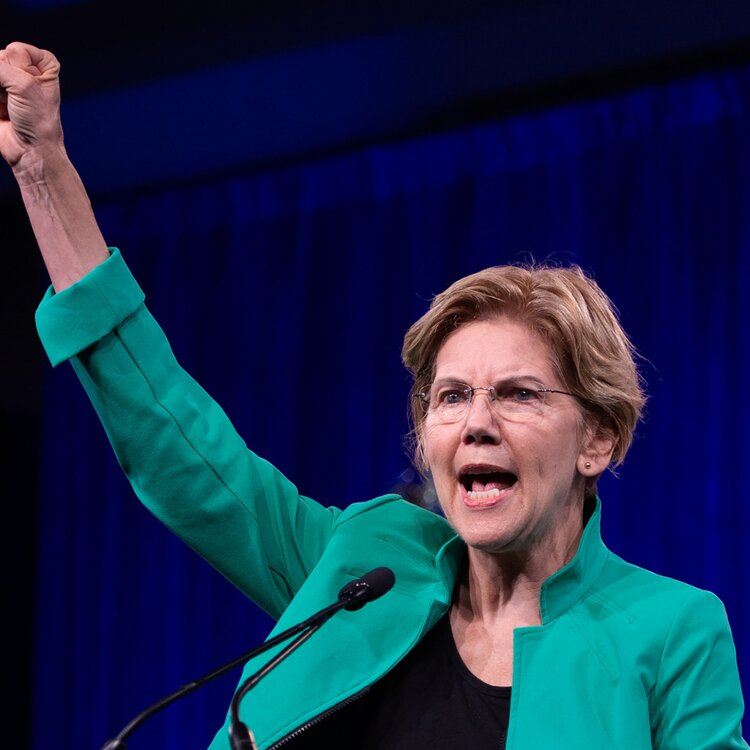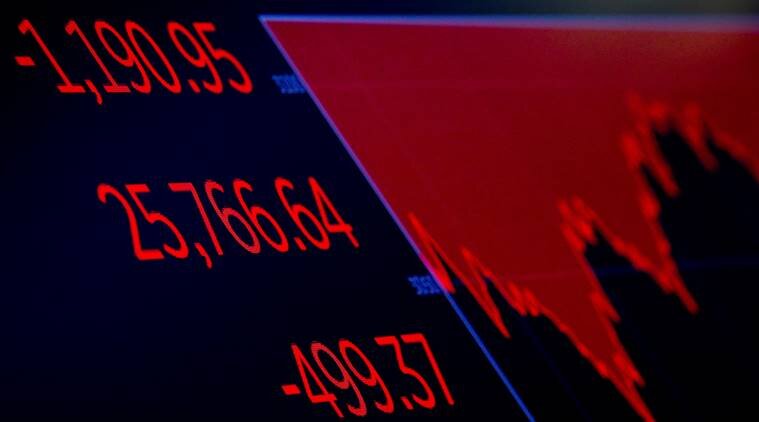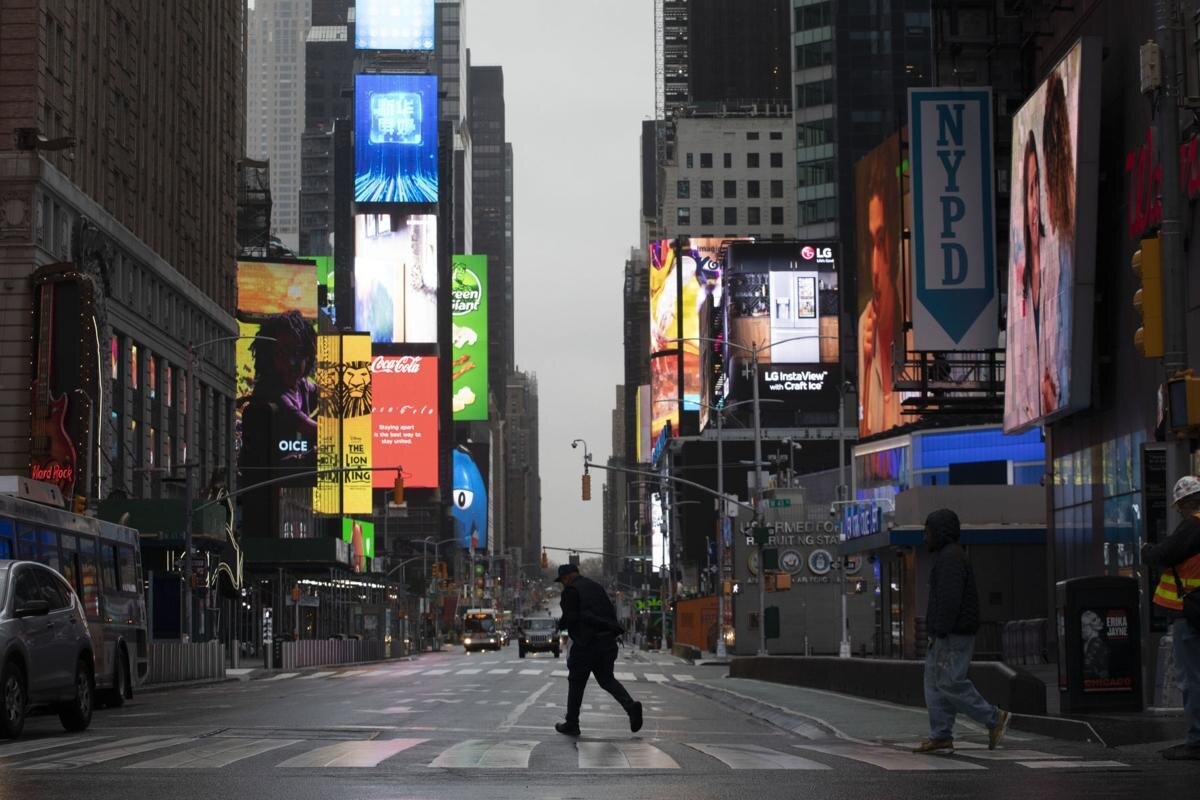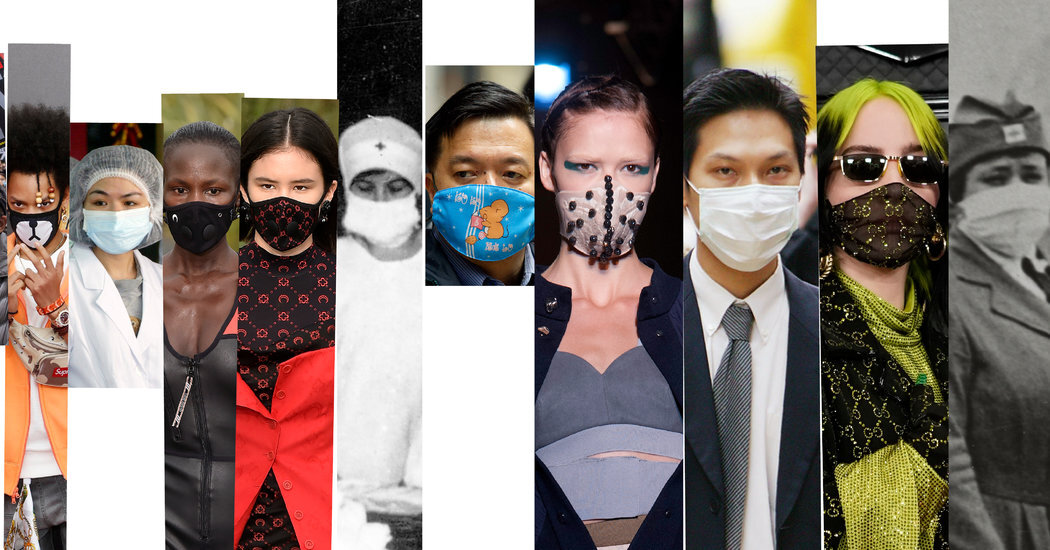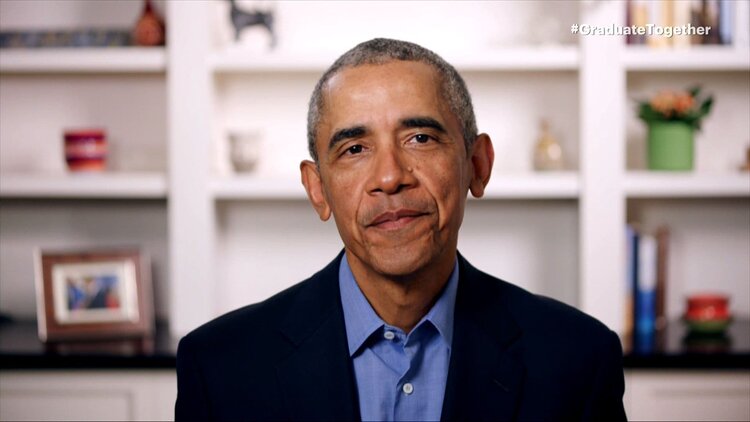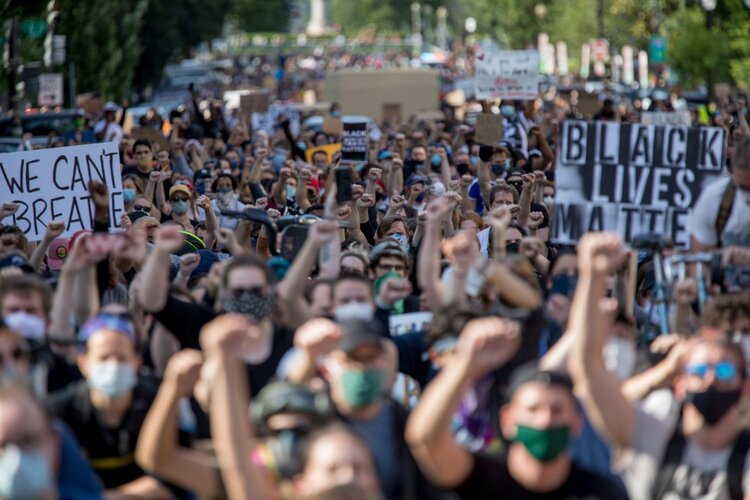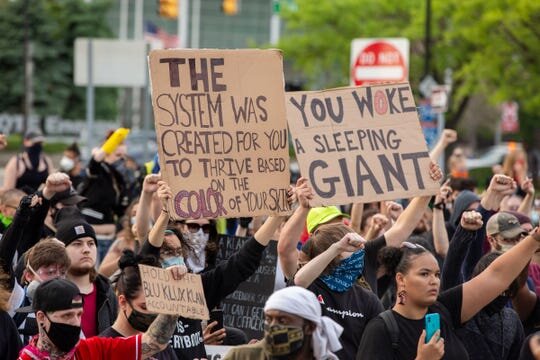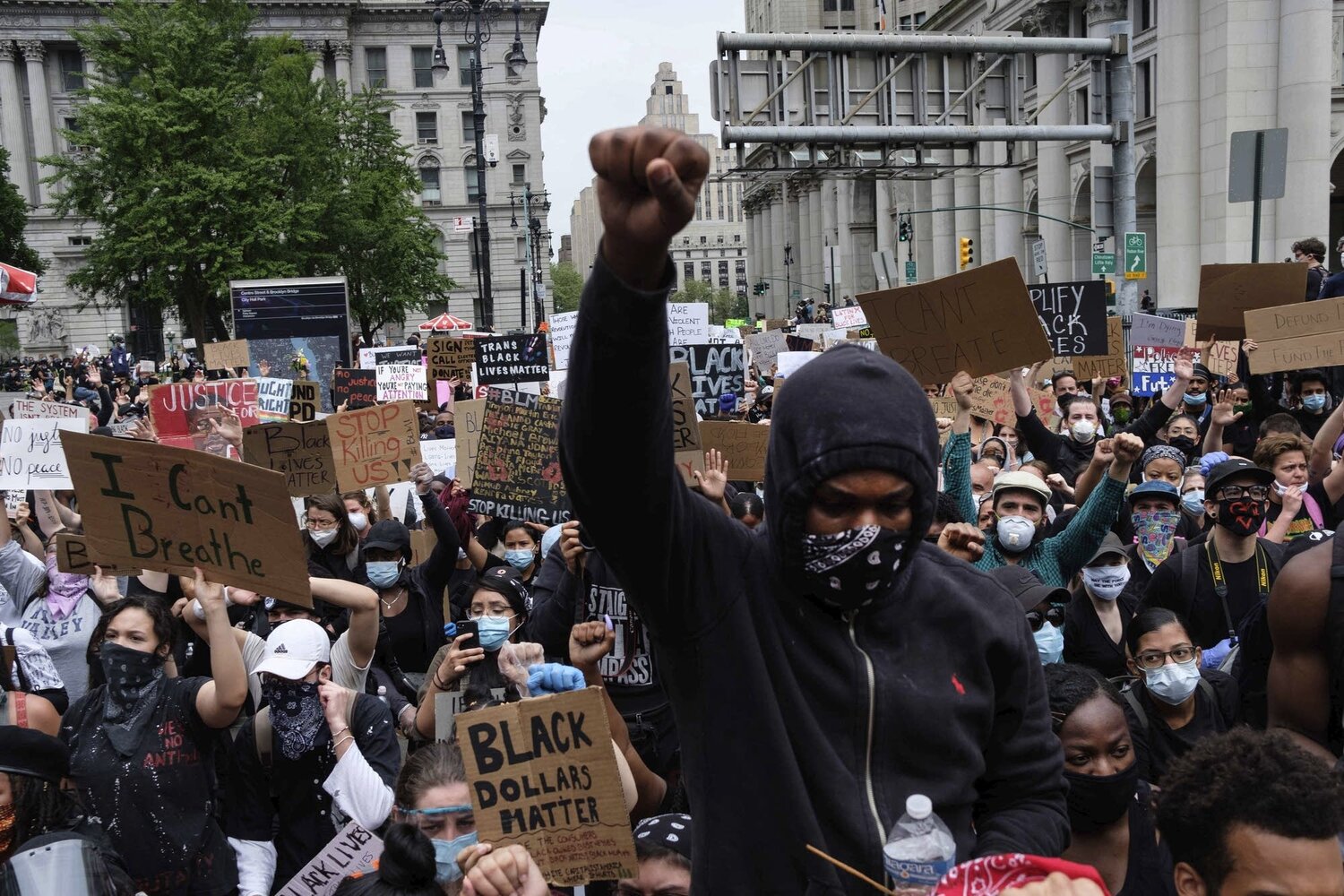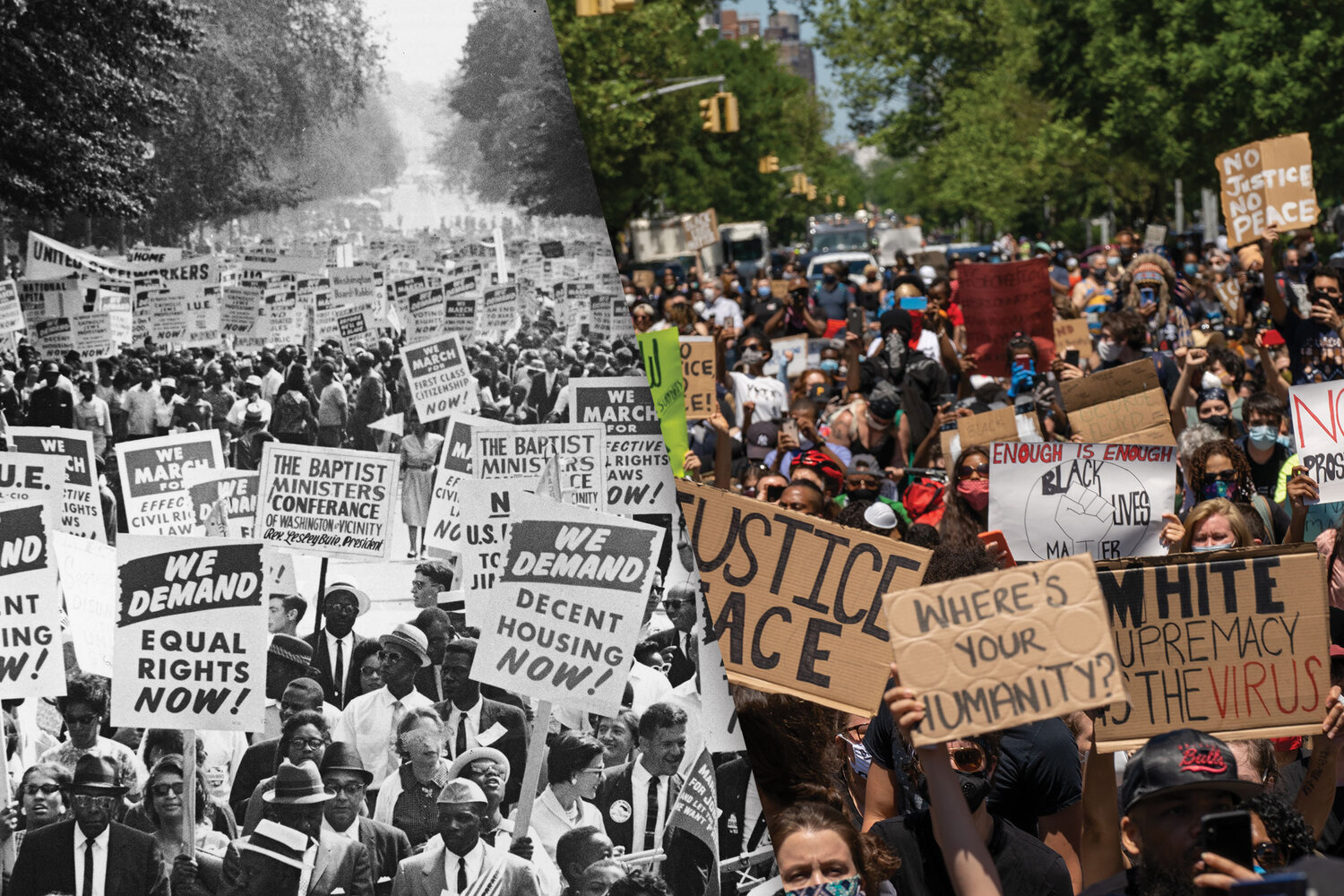The month of May opened with Canadian PM Justin Trudeau announcing a ban on 1,500 types of assault-style weapons, in response to the brutal Nova Scotia shooting that left 22 people dead in April.
On the same day, May 1, Elon Musk tweeted about Tesla’s shares being priced very high. This lead to a negative reaction in the market and the brand’s value fell by $14 billion.
This day also saw the beginning of an armed protest in Michigan. After governor Gretchen Whitmer reinstated the state of emergency, several protestors gathered at the State Capitol in Lansing, Michigan, showing their opposition to the stay-at-home-orders.
On May the 4th, various world leaders across the world, together pledged $8 billion to research treatments and a vaccine for COVID-19. The US and Russia famously did not contribute to this pool.
India extended its pre-existing lockdown, while slowly loosening restrictions, in regions with fewer coronavirus cases.
On May 5, additional information revealed that a patient admitted to a Paris hospital in December had COVID-19, indicating that the virus had been in France longer than previously thought. The next day, May 6, the UK became the first country in Europe to report over 30,000 confirmed COVID cases.
On May 7, the US unemployment claims rose up to 33.3 million, or 20% of the total workforce. This was a fifty-year low and 16.5% dip in under 2 months. While the total unemployment was falling, employment in the travel, leisure, hospitality construction, and food sectors was on the rise again.
On May 12, a day after President Vladimir Putin eased the country’s lockdown, the number of confirmed cases in Russia climbed up to 232,000, making it the second-highest in the world- right behind the US. The same day, the PM of India, Narendra Modi, announced its first economic rescue package of $260 million, mainly used for the reestablishment of various small businesses across the country.
On the 13th of May, after months of isolation and distress, many Hong Kong citizens returned to the streets to resume protests against the autonomous power of China. The protestors gathered, without waiting for the government to lift restrictions.
This resulted in over 230 arrests of people breaking social distancing and assembly laws. The number of protesters is only expected to increase over the summer.




